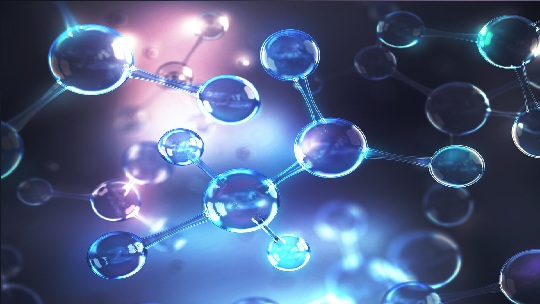
The decline in the fuel reserves, population growth and high living standards of the urban class have led to an energy crisis and an enormous increase in the demand and cost of the fossil fuels. The US Energy Information Administration (EIA) has predicted that the global fuel consumption mainly liquid fuel, will rise from 86.1 million bbl/day to 110.6 million bbl/day by the year 2035. The dependency of world energy on conventional fuels such as petroleum-based products, coal, and natural gas has elevated to two-thirds of the global energy demand.
The diesel engines are widely used to power vehicles, trains, ships, airplanes, irrigation pumps and also extended to produce electric power. Among the recent additives used in diesel and biodiesel fuels, the nanoparticles have emerged as a novel and promising additive which results in the reduction of exhaust emissions and enhancement in engine performance.
The use of fuel nano-additives in the fuel can modify numerous fuel properties such as the density, sulfur content, and volatility, which affects the fuel emissions. The metal oxides of Cu, Fe, Ce, Pt, B, Al, and Co have been widely used as additives in diesel and biodiesel fuel blends.
Apart from the economic matters, the widespread use of fossil fuels is responsible for a long-term environmental problem in the form of climate changes and the global warming. The diesel fuel mainly contains aliphatic hydrocarbons of C8–28 with boiling temperatures varying from 130 to 370 °C. The exhaust emissions from the diesel engines contain various types of air pollutants such as total hydrocarbon content (THC), oxides of nitrogen (NOx), particulate matter (PM), carbon monoxide (CO). Nano fluid increases better combustion due micro explosion phenomenon.
Nanosize material includes metals like, Al, Mg, Zr, Ti, Cu, Ni, boron (a metalloid), Nano-metal oxide like, Manganese oxide (MnO), Ferro-fluid (Fe3O4), Alumina nano-fluid, TiO2, Zinc oxide (ZnO), silica, Cerium oxide, Cobalt oxide (Co3O4), Copper oxide (CuO), Carbon nanotubes, Graphene, nano-sized silicon powders and nano-porous silicon wafers, and Magnalium nanoparticles was used as a fuel nano-additive. Also Nano CuCl2, CoCl2, FeCl3 and CuSO4 can be used as a catalyst for Diesel engine.
range of nano-fluid additives can be used as additives in diesel and biodiesel due to increased surface area to volume ratio, increased in catalytic activity in nano size metal oxides and metals.
Advantages of nano materials as fuel additives
- Improves the calorific value and cetane number of diesel and biodiesel fuel.
- Slightly increase in viscosity, flash point and density of fuel.
- Enhances combustion of fuel due to improvement in heat transfer, catalytic activity, and air fuel mixing rate.
- Brake specific consumption decreases with dosing of nano particles additive due to enhanced calorific value, catalytic oxidation and complete combustion of fuel.
- Increasing dosing level of nano fluid additives increases the brake thermal efficiency.
- Reduction in NOx due to higher cetane number and reduction in HC due to higher evaporation rate and catalytic oxidation.
- Lower smoke emission due to higher evaporation rate.
- Increase in cylinder pressure and heat release rate.
Challenges and problems
- Cost-effective nano materials
- Long term ecological and environmental issues
- Injector choking and piston oil ring sticking
- Slightly increases the density and viscosity of fuel which can have influence on atomization
- Air fuel mixing rate and spray angle
- Investigate the effect of thermal properties of nano fuel additives on combustion
- Investigate evaporation characteristics of nano materials blended base fuel
- Find the effect of different nano materials in the same base fuel
- The effects of oxidation of nano materials on the performance and emission
- The optimum combination of concentration and size of nano materials
- The effect of nano materials on unregulated emission
- Investigate the effect of water on quality of nano materials in water emulsified fuels






